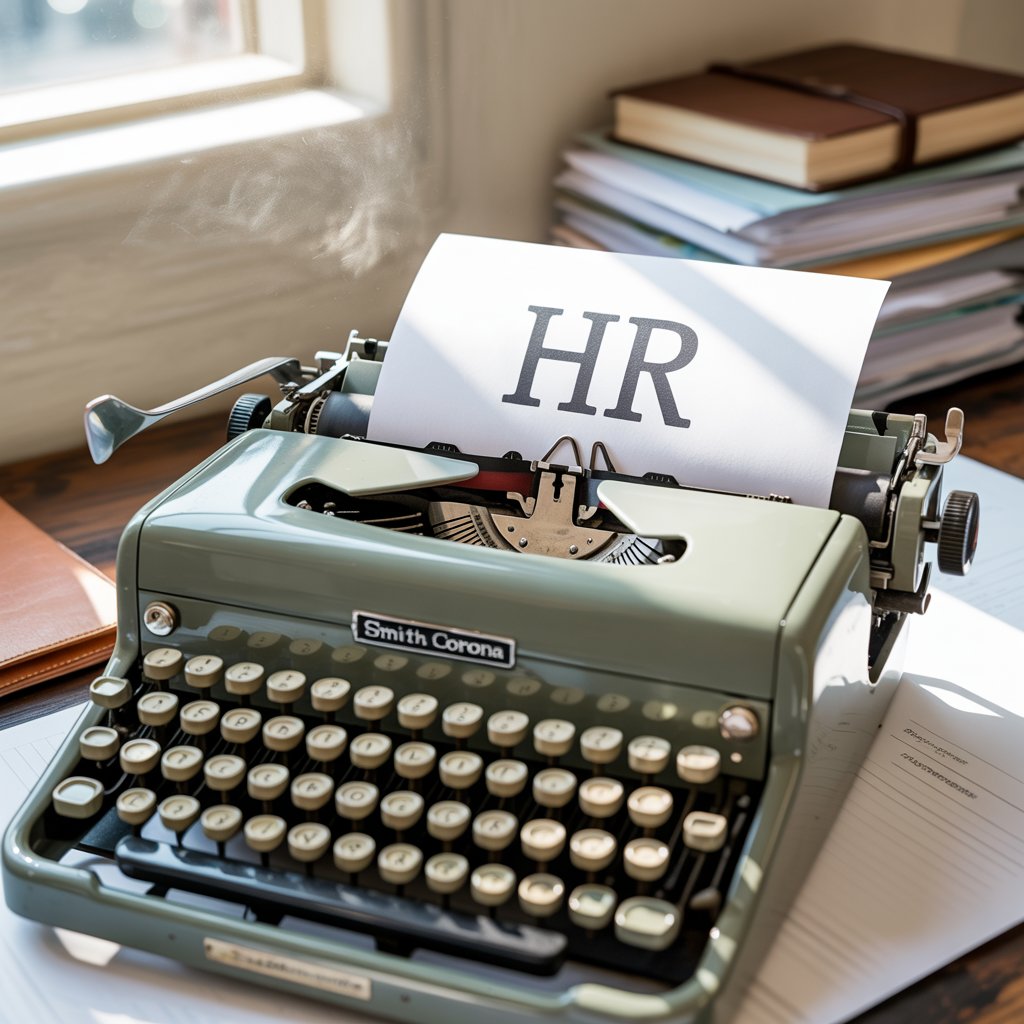In every successful organization, there’s a central force that ensures employees are not only hired but supported, heard, and motivated. That force is Human Resources (HR). But what exactly does HR do? And what should your role in HR entail?
Let’s break it down.
What Is HR?
Human Resources (HR) refers to the department responsible for managing the employee life cycle—recruitment, onboarding, training, development, performance, compensation, and offboarding. It’s also the custodian of workplace culture, policies, and compliance with labor laws.
Think of HR as the bridge between management and employees, ensuring both organizational goals and employee needs are aligned.
Key Functions of HR
Here are the main pillars of what HR is all about:
1. Recruitment and Talent Acquisition
HR is in charge of finding the right people for the right roles. This includes:
-
Writing job descriptions
-
Advertising open roles
-
Screening resumes and conducting interviews
-
Coordinating hiring decisions with department heads
Goal: Build a strong workforce that fits both the job and the company culture.
2. Onboarding and Orientation
Once someone is hired, HR ensures a smooth transition into the organization. This includes:
-
Organizing training and induction programs
-
Introducing company policies and procedures
-
Helping new hires feel connected from day one
Goal: Help new employees feel informed, welcomed, and productive quickly.
3. Performance Management
HR helps departments set clear expectations and measure performance by:
-
Implementing appraisal systems
-
Giving feedback and evaluations
-
Supporting career development plans
Goal: Ensure employees are growing, and their goals align with business needs.
4. Employee Relations
HR is often the go-to department when conflicts arise or when employees need support. It handles:
-
Resolving disputes
-
Promoting fair treatment
-
Maintaining a positive, respectful workplace
Goal: Promote harmony, trust, and open communication.
5. Training and Development
An organization is only as strong as its people. HR invests in employee growth by:
-
Organizing internal or external training
-
Supporting leadership and soft skills development
-
Tracking progress and results
Goal: Enhance employee skills, job satisfaction, and retention.
6. Compensation and Benefits
From salaries to health insurance and bonuses, HR is responsible for:
-
Designing fair and competitive compensation packages
-
Managing payroll and statutory deductions
-
Ensuring employees understand and access their benefits
Goal: Attract and retain top talent through meaningful rewards.
7. Compliance and Legal Responsibilities
HR ensures the company follows local labor laws and regulations. This includes:
-
Keeping employee records
-
Staying updated on employment laws
-
Handling disciplinary actions legally and fairly
Goal: Minimize risk and protect the organization and employees.
So, What Should Your Role in HR Entail?
If you're stepping into HR or leading a team, your role should go beyond administration. It should focus on strategy, empathy, and business alignment. You are both a people advocate and a business partner.
You’ll need to:
-
Understand the business goals
-
Champion company culture
-
Promote diversity, equity, and inclusion
-
Use data to drive people decisions
-
Embrace technology to automate and improve processes
In Summary
HR is not just about hiring or paperwork—it’s about people, performance, and purpose. It’s the strategic engine that helps employees thrive and businesses succeed.
Whether you’re new to HR or refining your department’s focus, remember: the best HR professionals don’t just fill positions—they build organizations.
Need Help with HR Automation?
Whether you're starting from scratch or ready to optimize your HR operations, our team at FaidiHR is here to support your growth.
Call us today at +254 702 339 699
Email: sales@faidihr.com
Let’s build better workplaces—together.





